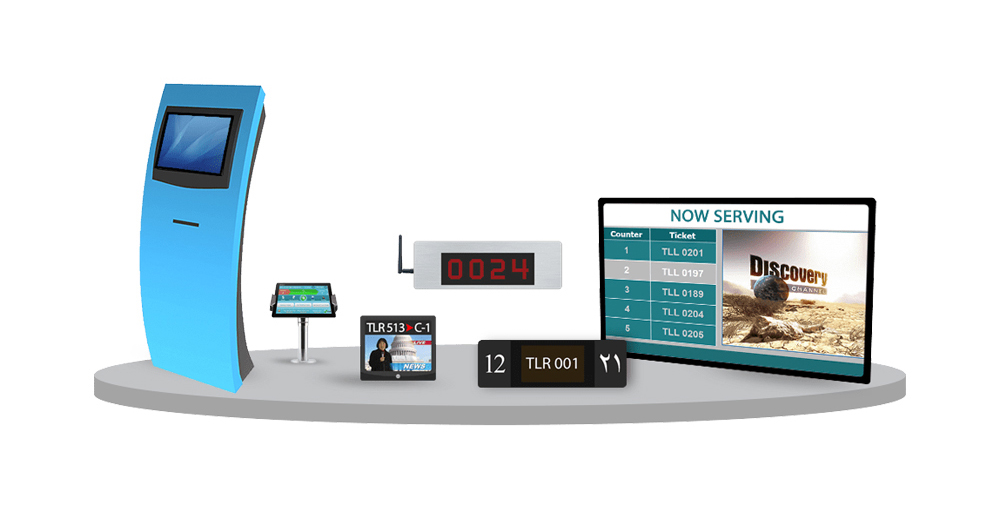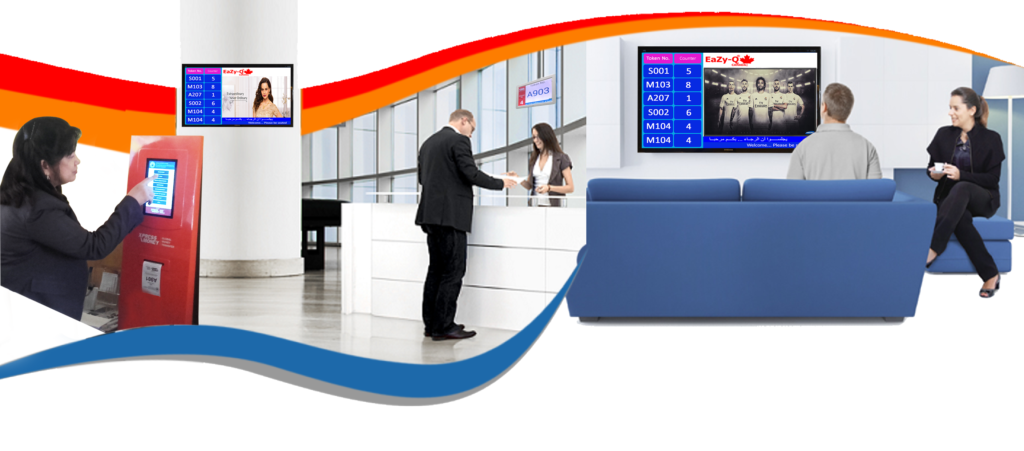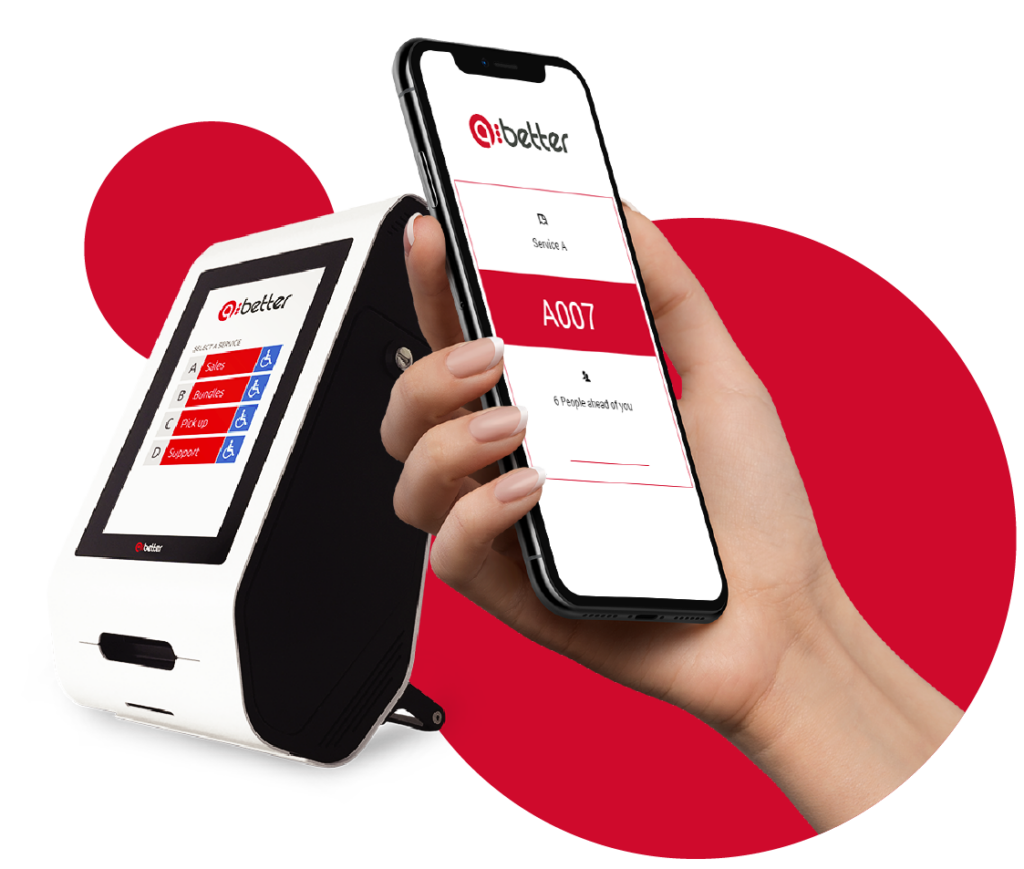- Home
- About Us
- Products
- Electronic Article Surveillance System EAS / Retail Anti theft Systems
- Display Stands
- Restaurant Pager
- People Counting Systems
- Queue Management Systems
- Access Control System
- Time Attendance Systems
- Audio & Visual System Solutions
- Display Solutions
- CCTV Cameras in Qatar: Enhancing Security Solutions
- Time Lapse Construction Camera
- Flap Barrier, Speed Gates, Turnstiles Access Control
- Gate Barriers System & Bollards in Qatar
- Parking Management & Gate Automation
- Library Management Systems
- IT & Telecom
- Lockers & Key Management Systems
- Intrusion Alarm System
- Perimeter Security
- Vehicle Tracking
- Time Recorders & Time Stamps
- Emergency Exit Door Alarms
- Clients
- Contact Us
- Support
Contents
- 1 Queue Management Systems Examples: How to Manage Customer Flow Effectively
- 1.1 What are Queue Management Systems Examples?
- 1.1.1 How do Queue Management Systems Examples Work?
- 1.1.2 Different Models of Queue Management Systems Examples
- 1.1.3 To choose the best queue management systems examples for your business, you should:
- 1.1.4 How to Implement a Queue Management System for Your Business
- 1.1.5 Contact Axle Systems for Distributor of Queue Management Systems Examples in Qatar
- 1.1.6 FAQs
- 1.1 What are Queue Management Systems Examples?
Queue Management Systems Examples: How to Manage Customer Flow Effectively
If you run a business that deals with customers who need to wait for service, you know how important it is to manage your queues efficiently. Long and disorganized queues can lead to customer dissatisfaction, frustration, and lost sales. That’s why you need a queue management system (QMS) that can help you control the flow of your waiting lines and improve the customer experience.
Queue management systems examples are solutions that help businesses and organizations manage their customer flow and waiting experience. They can range from simple ticket dispensers to sophisticated software and hardware that integrate with online platforms, mobile devices, and digital signage. In this article, we will explore some of the best queue management systems examples and how they work. We will also discuss how Axle Systems, a leading security system company in Qatar, can provide you with the most advanced and reliable queue management systems examples for your needs.
A QMS is a set of tools and software that allows you to monitor, manage, and optimize your queues. It can help you reduce wait times, increase service quality, and enhance customer satisfaction. In this blog post, we will look at some queue management systems examples and how they work. We will also discuss the different models of QMS and how to choose the best one for your business.

What are Queue Management Systems Examples?
There are many types of queue management systems examples available in the market, depending on your business needs and preferences. Some of the most common queue management systems examples are:
- Virtual queue systems: These systems allow customers to join a queue remotely, either through a website, a mobile app, or a QR code. Customers can then receive notifications via text message or email when it is their turn to be served. This way, customers can avoid standing in physical lines and wait wherever they want.
- Kiosk-based systems: These systems use touchscreen kiosks that allow customers to check-in for a queue and track their progress in real-time. These kiosks can be placed in various locations, such as in-store or outside. Customers can also choose the service they need and provide their contact information.
- Ticket-based systems: These systems use physical or digital tickets that assign customers a queue number. Customers can then use these tickets to monitor their position in the queue on display screens or online. These tickets can be issued manually by staff or automatically by a kiosk or another device.
- Appointment-based systems: These systems allow customers to book an appointment for a specific time and service online or by phone. Customers can then arrive at the scheduled time and be served without waiting in line. These systems can also send reminders and confirmations to customers before their appointments.
- Online appointment booking: Customers can book their service time in advance through a website or an app, and receive reminders and notifications about their appointment status.
- Virtual queuing: Customers can join a virtual queue using their smartphone or a QR code, and wait for their turn anywhere they want. They can also check the live queue status and estimated wait time on their device or a display screen.
- Self check-in kiosk: Customers can check in themselves using an iPad or a touchscreen device at the entrance, and receive a ticket number or a QR code. They can also choose their preferred service or staff member, and provide feedback or additional information.
- Display screen: Customers can view the queue information, such as the current number being served, the next number to be called, the estimated wait time, and the service counter or room number on a display screen in the waiting area or outside the premises.
- Notifications: Customers can receive SMS or voice notifications when their turn is near or when they are called to the service point. They can also confirm, cancel, or reschedule their appointment through SMS or voice commands.
- Queue management dashboard: Staff and managers can monitor and manage the queue performance, such as the number of customers waiting, served, and no-shows, the average wait time and service time, the staff availability and workload, and the customer feedback and ratings.
- Service analytics: Staff and managers can access detailed reports and statistics on the queue data, such as the peak hours, the service demand, the staff efficiency, the customer satisfaction, and the areas for improvement.
How do Queue Management Systems Examples Work?
The basic principle of queue management systems examples is to streamline the customer flow and make the waiting process more convenient and transparent. Depending on the type of QMS, the workflow may vary slightly, but generally, it follows these steps:
- Customer arrival: Customers arrive at the service location and join a queue either physically or virtually. They may also provide some information about their service needs and preferences.
- Customer notification: Customers receive updates about their queue status, such as their position in line, estimated wait time, and service time. They may also receive alerts when they are close to being served or when they need to proceed to a service point.
- Customer service: Customers are served by staff according to their queue number or appointment time. The staff can also access customer information and preferences through the QMS software.
- Customer feedback: Customers are asked to provide feedback about their service experience through the QMS software or another channel. The feedback can help improve the service quality and customer satisfaction.
Different Models of Queue Management Systems Examples
There are different models of queue management systems that can suit different types of businesses and services. Some of the most common models are:
- Single line multiple servers: This model uses one queue for multiple service points. Customers wait in a single line and are directed to the next available server when it is their turn. This model is simple and fair, but it may not be efficient for services that have different durations or requirements.
- Multiple lines multiple servers: This model uses multiple queues for multiple service points. Customers choose which queue to join based on the service they need or prefer. This model can reduce wait times for specific services, but it may cause confusion and frustration for customers who choose the wrong or slower queue.
- Single line single server: This model uses one queue for one service point. Customers wait in a single line and are served by one server in order. This model is easy to implement and manage, but it may not be optimal for high-volume or complex services.
- Hybrid model: This model combines elements of different models to create a customized solution for each business. For example, a business may use an appointment-based system for some services and a virtual queue system for others. This model can offer flexibility and efficiency, but it may require more planning and integration.
To choose the best queue management systems examples for your business, you should:
- Analyze your current situation: You should evaluate your current queue performance, such as the number of customers waiting and served per day, the average wait time and service time per customer, the customer satisfaction and feedback level, and the staff productivity and efficiency level.
- Identify your goals and objectives: You should define your desired outcomes from implementing a queue management systems examples, such as reducing the wait time and service time, increasing the customer satisfaction and loyalty, improving the staff performance and morale, and optimizing the service quality and efficiency.
- Compare different options and solutions: You should research and compare different queue management systems examples that match your business type, customer profile, and budget. You should consider the features, benefits, drawbacks, and reviews of each system, and request a demo or a trial if possible.
- Choose the best option and solution: You should select the queue management systems examples that best meets your needs and expectations, and that offers the best value for your money. You should also consider the reliability, scalability, and security of the system, and the after-sales service and support of the provider.
How to Implement a Queue Management System for Your Business
Implementing a queue management systems examples for your business involves several steps, such as:
- Planning and preparation: You should plan and prepare for the implementation process, such as setting a timeline and budget, assigning roles and responsibilities, communicating with your staff and customers, and preparing the necessary equipment and materials.
- Installation and configuration: You should install and configure the queue management system according to your business needs and preferences, such as setting up the hardware and software components, customizing the interface and settings, integrating with other systems or platforms, and testing the functionality and performance.
- Training and education: You should train and educate your staff and customers on how to use the queue management systems examples effectively and efficiently, such as providing manuals, guides, tutorials, videos, or workshops, answering questions and queries, collecting feedback and suggestions, and resolving issues and problems.
- Monitoring and evaluation: You should monitor and evaluate the queue management systems examples regularly, such as collecting and analyzing the queue data, measuring the results and outcomes, comparing with the goals and objectives, identifying the strengths and weaknesses, and making adjustments and improvements.
Contact Axle Systems for Distributor of Queue Management Systems Examples in Qatar
If you are looking for a reliable and professional distributor of queue management systems examples in Qatar, look no further than Axle Systems. Axle Systems is a leading provider of QMS solutions that can help you improve your customer flow and satisfaction.
Axle Systems offers a range of QMS products that can suit any business size and type. Whether you need a virtual queue system, a kiosk-based system, a ticket-based system, or an appointment-based system, Axle Systems can provide you with the best solution for your needs.
Axle Systems also offers installation, maintenance, and support services for your QMS products. You can count on Axle Systems to deliver high-quality and timely service that meets your expectations.
To learn more about Axle Systems and their QMS solutions, visit their website or contact them today. Axle Systems is your trusted partner for queue management systems examples in Qatar.
FAQs
Q: What are the benefits of using a queue management systems examples?
A: A queue management system can help you:
- Reduce wait times and improve service efficiency
- Increase customer satisfaction and loyalty
- Enhance your business image and reputation
- Gain insights into customer behavior and preferences
- Optimize your staff performance and productivity
Q: How to choose a queue management system?
A: To choose the best queue management system for your business, you should consider:
- Your business type and size
- Your service type and complexity
- Your customer expectations and needs
- Your budget and resources
- Your goals and objectives
Q: How much does a queue management system cost?
A: The cost of a queue management system depends on various factors, such as:
- The type and model of QMS you choose
- The number and features of QMS devices you need
- The installation and maintenance fees
- The software subscription fees
You should compare different QMS providers and products to find the best value for your money.





